#harlan county u.s.a.
Explore tagged Tumblr posts
Text

Harlan County U.S.A. (1976)
3 notes
·
View notes
Photo
I’m from WV and people have this weird glorification with coal mining despite it being the reason Appalachia is covered in poverty and why a lot of people die before they’re old.
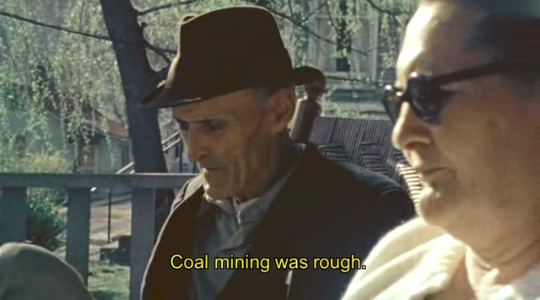
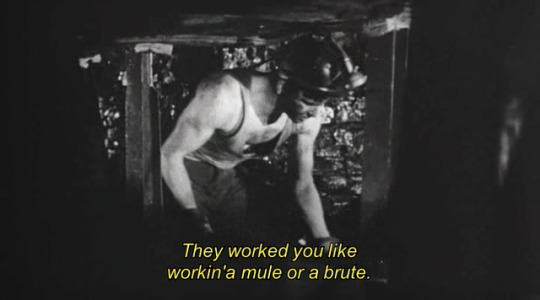
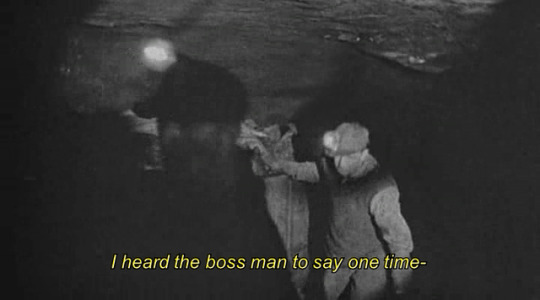
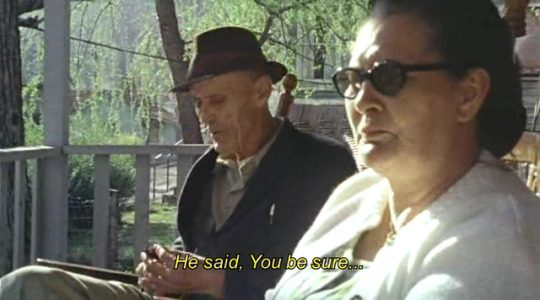
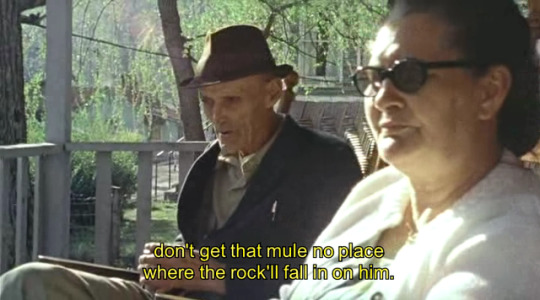
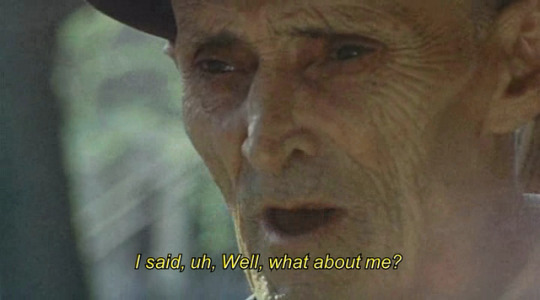
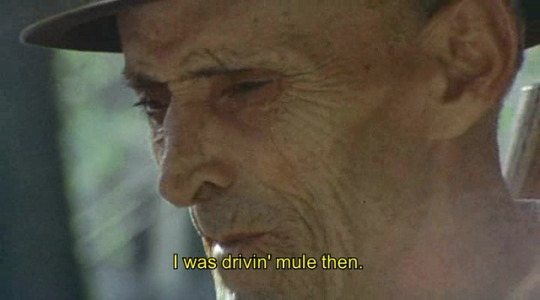
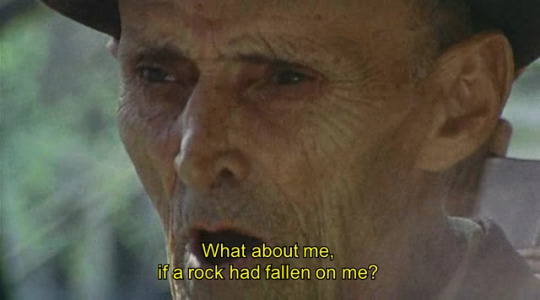
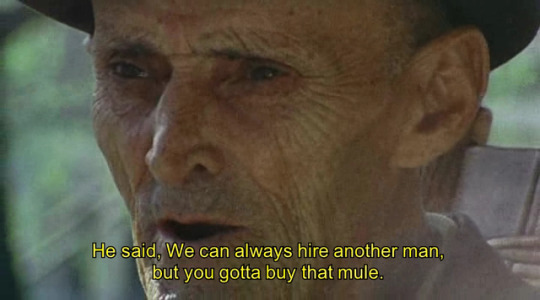
Harlan County, U.S.A., 1976
#coal mining#wales#appalachia#documentary#harlan county u.s.a.#harlan county#coal miners#barbara kopple#west virginia
56K notes
·
View notes
Text
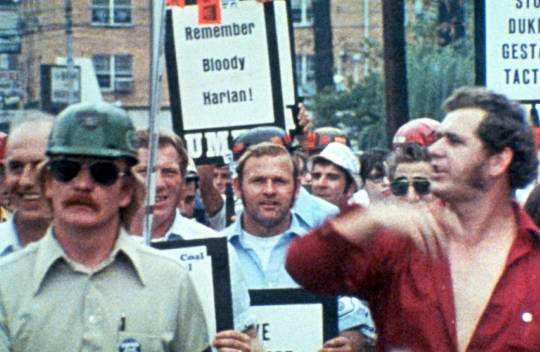
Harlan County U.S.A., Barbara Kopple (1976)
#Barbara Kopple#Kevin Keating#Hart Perry#Nancy Baker#Mirra Bank#Lora Hays#Mary Lampson#1976#woman director
11 notes
·
View notes
Text

ARTEM, ARCHITECTURA, ET ORNAMENTUM (Latin: Art, Architecture & Decor) DISPLAYING THE HEART OF THE MASCULINE SOUL!
Harlan, Stephen, "Best Friends," Unknown Date.
The Male Form... In Photography, Art, Architecture, Decor, Style, And Culture Which Moves Beyond Mere Appearance To Reveal The... SOUL.
By LadNKilt: Earl Of Darlow, Ben Official Residence: County Antrim Northern Ireland; Main Residence: London U.K.; Second Residence: Kansas City Missouri U.S.A. LadNKilt Archive | Message Me | Submit | LadNKiltLife (Biography)
3 notes
·
View notes
Text
We also had strong labor movements in that era. Harlan County U.S.A. and other archival footage from this era documents it. MLK Jr was advocating for the rights of striking garbage workers at the end of his life. Americans were not being complacent.
3 notes
·
View notes
Text
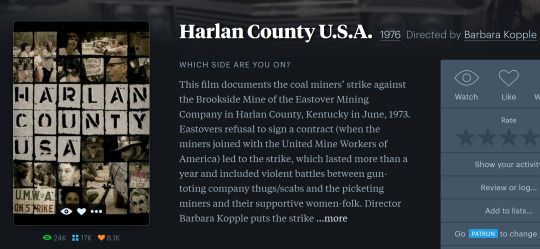



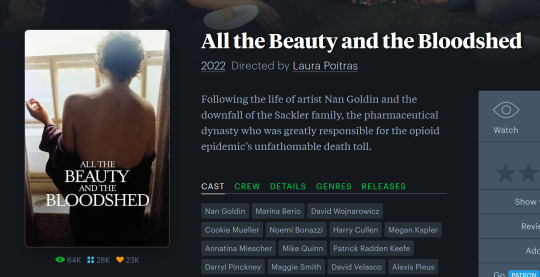
6 notes
·
View notes
Text

Caption: COAL MINE AT HARLAN
Booklet Description: 6. COAL MINE AT HARLAN The hills of eastern Kentucky are dotted with coal mines similar to this one, with its long conveyor and its heap of waste slate. Mines like this, called drift mines, often bore horizontal tunnels into the coal stratas and remove the coal by long conveyors. Harlan County leads the state in coal production, and Kentucky, mining 58 million short tons in 1954, ranks third in the nation.
Brand: View-Master Packet Title: Kentucky Reel Title: Kentucky Reel Subtitle: The Bluegrass State - III U.S.A. Reel Number: KY-3 Reel Edition: N/A Image Number: 6 Date: 1955
4 notes
·
View notes
Text
The fuller story, from the documentary Harlan County, U.S.A (1976)
I heard the boss man to say one time. He said, "You be sure… "don't get that mule no place where the rock'll fall in on him. Don't take that mule to no bad place. " I said, uh, "Well, what about me?" I was drivin' mule then. "What about me, if a rock had fallen on me?" He said, "We can always hire another man, but you gotta buy that mule."
The more things change, the more they stay the same.

30K notes
·
View notes
Text
youtube
"Running from Crazy": Mariel Hemingway Tackles Family History of Suicide, Mental Illness in New Doc
Jan 28, 2013
The new documentary "Running from Crazy" chronicles the life of actress Mariel Hemingway, the granddaughter of the great novelist Ernest Hemingway.
The film focuses on Mariel's family history of mental illness and the suicides of seven relatives, including her grandfather and her sister, Margaux.
The film is directed by the two-time Academy Award-winning filmmaker Barbara Kopple, whose documentary "Harlan County U.S.A." become a classic and won an Oscar in 1977.
We're joined by Mariel Hemingway and Barbara Kopple from the Sundance Film Festival in Utah.
from Democracy Now!
1 note
·
View note
Photo

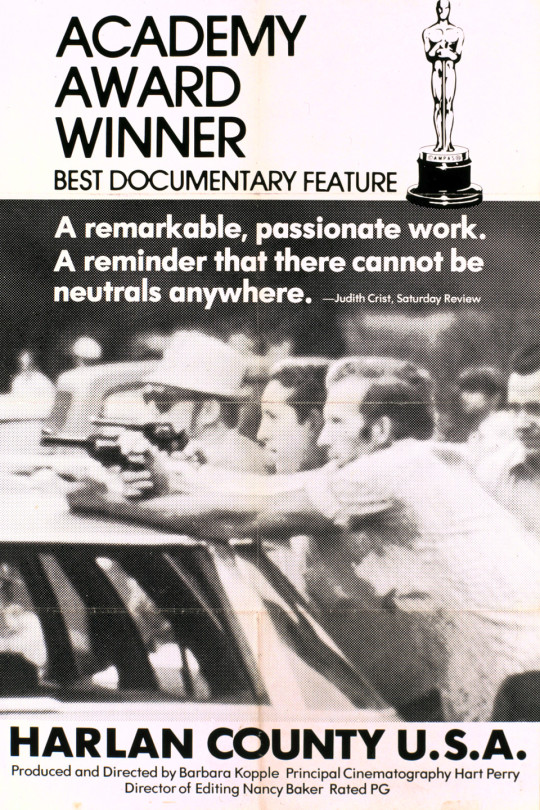


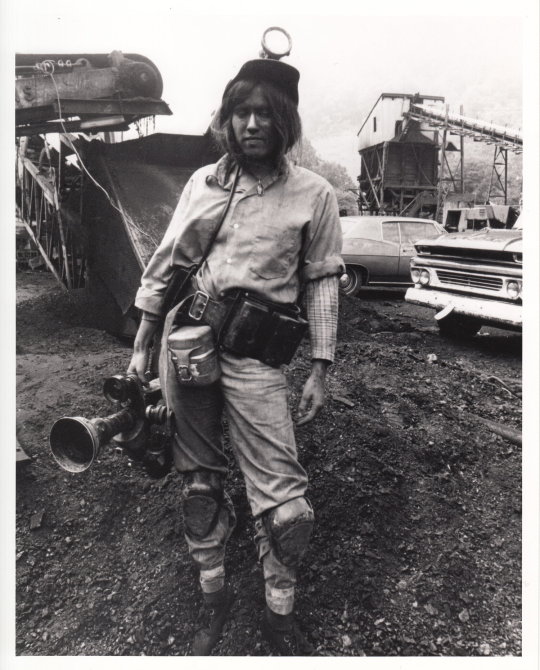
Harlan County U.S.A. (1976) Barbara Kopple
September 17th 2022
11 notes
·
View notes
Photo


Harlan County U.S.A., 1976
5 notes
·
View notes
Text
Politics and Organizing in Film By Rowan Tucker-Meyer
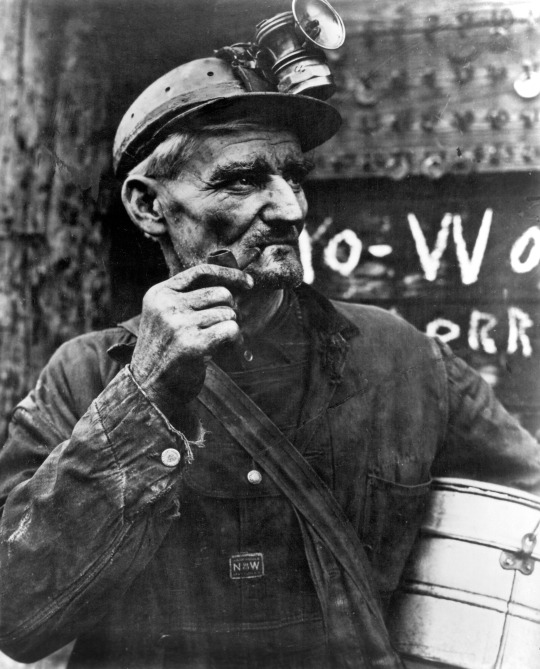
As part of its incredible three-month lineup of films directed by women, TCM is showing the unforgettable documentary HARLAN COUNTY, U.S.A. (‘76), directed by Barbara Kopple. HARLAN COUNTY, U.S.A., which chronicles a strike by miners at the Brookside Mine in Harlan County, Kentucky, is a stunning film. It is a documentary, yes, but its story has all the action, pathos and suspense of a Hollywood drama. It is filled with characters and moments that will stick with you long after the credits roll, and it is just as necessary today as it was in 1976.
The first word that comes to my mind when I think about HARLAN COUNTY, U. S.A.is courage, primarily because it is an unapologetically political film. It depicts the struggle between miners striking for a new contract and the Duke Power Company, which refuses to sign the contract. Kopple is not afraid to take sides, and her film is pro-worker through and through. As Kopple once said, “I’m a politician first, a filmmaker second.” This attitude is present throughout her body of work; in addition to workers’ rights, Kopple has made films about immigration law, American gun culture, the AIDS crisis and women’s rights throughout the world. For Kopple, making documentaries is a form of activism. She does not intend to simply educate the audience, but also to inspire them to take action. She once described HARLAN COUNTY, U.S.A.as not just a great film, but a “great organizing tool” as well.

It also took a lot of courage for Kopple to live and work for 13 months in such a tense and often dangerous environment. Kopple and her crew quite literally risked their lives to make this movie, as we see in one unbelievable scene where they are shot at and knocked down by strikebreakers. “I found out later that they planned to kill us that day,” Kopple recounted in a discussion with Roger Ebert. “They wanted to knock us out because they didn’t want a record of what was happening.” Furthermore, it was courageous of her to make a film about a subject and a group of people that moviegoers generally prefer to ignore and that movie distributors would not consider to be particularly marketable. If we ever see working-class Appalachia depicted on screen, it’s usually stereotypical caricatures instead of real people. Kopple, however, shows us real people and lets them tell their stories and speak their minds. The film is, more than anything else, about the people of Harlan County, and Kopple presents them with immense compassion.
Among the many compelling people we meet throughout the film, the most memorable heroes are the miners’ wives, who are some of the most important organizers of the strike. When we hear about striking coal workers, we generally assume that the effort is entirely directed by a predominantly male group of miners. However, Kopple reminds us that women, even those who do not work in the mines, are always a crucial part of the struggle as well, and she devotes much of the film to highlighting their contributions. Many of the film’s most indelible moments center around women.

The most powerful scene in the film is when Florence Reece, a septuagenarian activist and songwriter, addresses a huge crowd of miners and sings her legendary protest song “Which Side Are You On?” It’s hard not to be moved by watching Reece sing this song, which is simple, yet fiercely confrontational and emblematic of the determination of the striking workers. As we will see throughout TCM’s series of female-directed films, these directors are important not only because they’re brilliant directors, but also because they choose to emphasize the stories of women, like Florence Reece and the other organizers of Harlan County, women whose stories are not always told.
Although the Brookside mine strike has been over for decades, HARLAN COUNTY, U.S.A.still feels remarkably alive. More than just a historical document, the film beautifully captures the energy of this particular place and time. It captures the passion, the anger and the fear in Harlan County. It captures what it felt like to be in the mines and on the picket lines. It raises issues that still need to be addressed and questions that still need to be asked. It was a groundbreaking film, not just for female directors, but for the documentary genre itself, and it is just as fresh and important today as ever.
#Harlan County U.S.A.#Barbara Kopple#women directors#Women Make Film#female filmmakers#TCM#documentary#strike#union#Turner Classic Movies#Rowan Tucker-Meyer
66 notes
·
View notes
Photo

12 notes
·
View notes
Photo

The Last Movie I Watched...
Harlan County, U.S.A. (1976, Dir.: Barbara Kopple)
65 notes
·
View notes
Video
youtube
Harlan County, U.S.A. (1976) – directed by Barbara Kopple
In 1973, Harlan County, Kentucky was a strongly Democratic, pro-coal miners’ union stronghold. It was also the site of the Brookside Strike – where hundreds of miners and their families protested against the Duke Power Company’s anti-strike clause in a new contract (which also disempowered the miners’ control and oversight powers over working conditions). The Duke Power Company would not take the striking without action, employing gun-toting coercions against the miners themselves.
Director Barbara Kopple won her first Academy Award for the groundbreaking documentary above, Harlan County, U.S.A. During the shoot, the miners and their families were initially suspicious of her intentions, but their fears were alleviated because the presence of the cameras toned down the anti-striker violence that was occurring at the time.
I previously wrote a review on the film here.
#Harlan County USA#Harlan County U.S.A.#Barbara Kopple#Kentucky#coal mining#labor unions#Women Make Film
3 notes
·
View notes
Text

Sign in the mines in Harlan County U.S.A
1976, dir. Barbara Kopple
30 notes
·
View notes